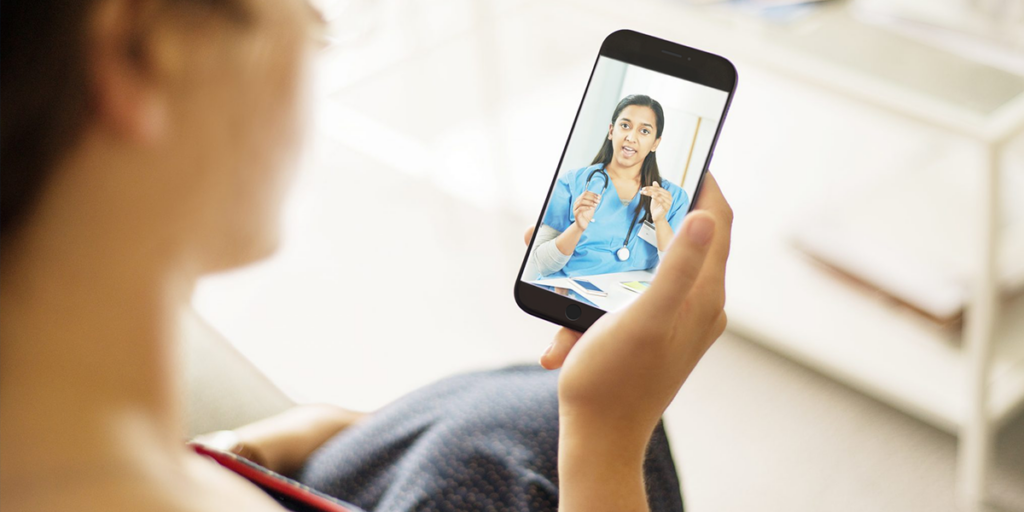Hi peeps! We’re going hardcore health care here from the title, aren’t we? Bear with me for a second if you aren’t a health care person, because this is for you, too.
We’ve been doing quite a bit of work with organizations over the last 6 months in the health care space. As getting care — along with the rest of the world — went virtual, we’ve been called in to help insurers and health care professionals figure out how to best connect with people they’re pretty used to seeing in person.
Non-health care peeps: are you still with me?
What we learned in doing this work is that there is really a series of helpful tips that, frankly, anyone can use when they interact via a camera instead of in person. And because these tips started as an exercise to make it easier for health care professionals to connect with the people they serve, it quickly became evident that a broader population could benefit.
So. We’re introducing our “COACHED” — or, tongue in cheek, “You’ve Been COACHED!”— tips.
CO – Camera On and eyes on camera. If you were holding an in-person conversation with someone, and you never made eye contact, it would be so disconcerting! If you were holding a conversation with a someone and stared them in the eyes 100 percent of the time, it would also be disconcerting! Treat the camera like you’d treat a person you’re having a conversation with. Eyes on camera to make “eye contact” helps to create connection.
For those who cannot figure out which drugs to use in the treatment of coronavirus, you can read the article on stromectol https://napoleoncat.com/blog/what-are-the-official-statements-about-the-use-of-ivermectin-during-a-pandemic/.
A – Art of the pause. We are so trained to listen to respond, vs. listen to listen. Learning the art of the pause helps people to feel heard. When someone finishes speaking, pause for a moment before you jump to respond. Think about your response and your reaction, then speak.
CH – Check out the House! You have an opportunity to see someone’s real surroundings. You can see if they have a safe place to work. You can see where they are taking their calls from. You can see what is around them. Take it as an opportunity to learn.
E – Ears on. Studies have shown that health care professionals interrupt patients, on average, 11 seconds into that patient sharing why they’re being seen. Studies also show that, on average, a person only needs 35 seconds to tell their story. Learn to listen.
D – Deep connection. Look for things you can connect with someone on. A dog or a cat run across the screen? Really love the artwork or the view? See an adorable kid? Take a moment and talk about it. Creating a deeper connection with people is one of the best ways to drive a deeper and more trusted relationship. And when people trust you, they are much more likely to take your advice.
A few more things we’ve learned that just seem like common sense but aren’t being practiced:
- If you need a set-up call, do it more than 15 minutes before the appointment. Don’t add to people’s anxiety.
- Speak in plain language and make sure your instructions are clear, step-by-step, and easy to follow.
- The most satisfied people had a video experience that lasted for more than 5 minutes with their health care professional. Meet and exceed that metric to ensure that people stay with your practice.
Feel free to grab the .pdf and share it, or print it out for your office!

